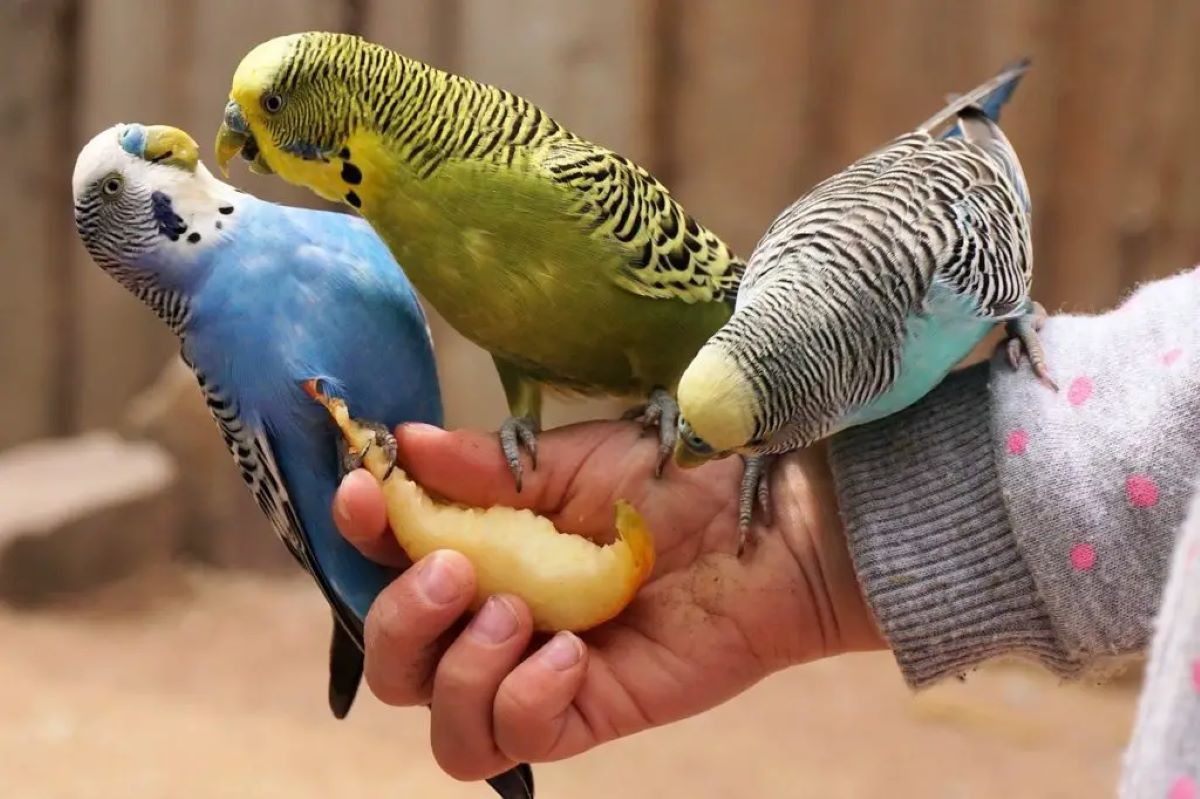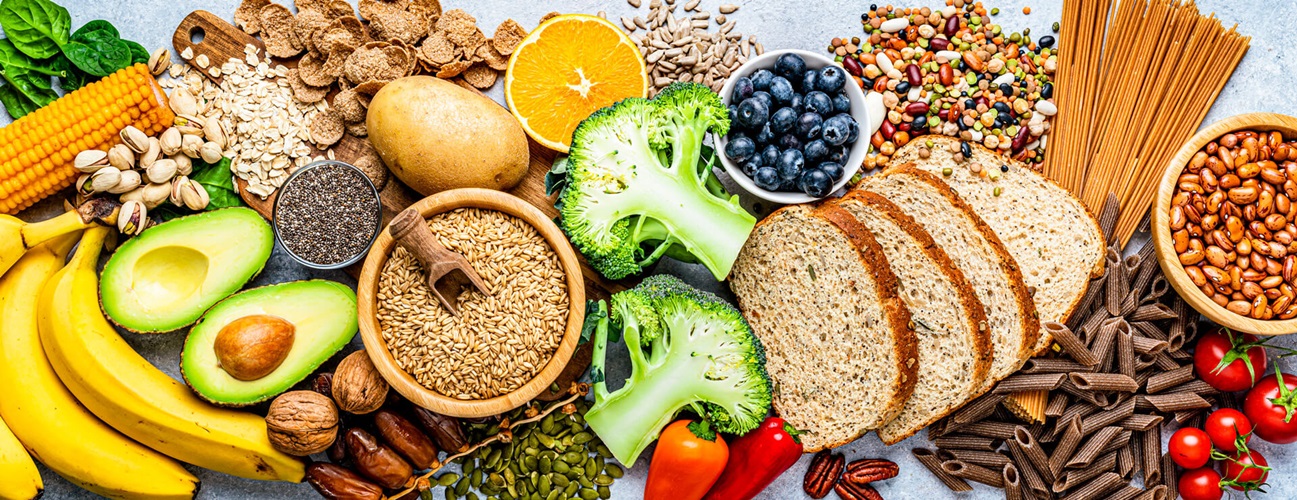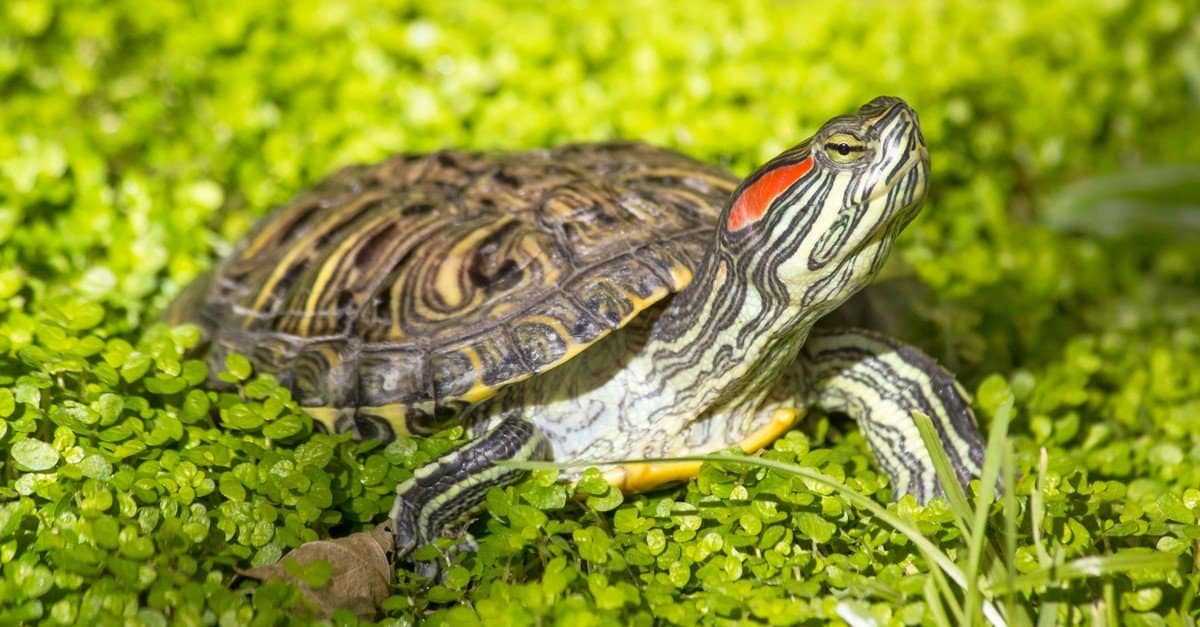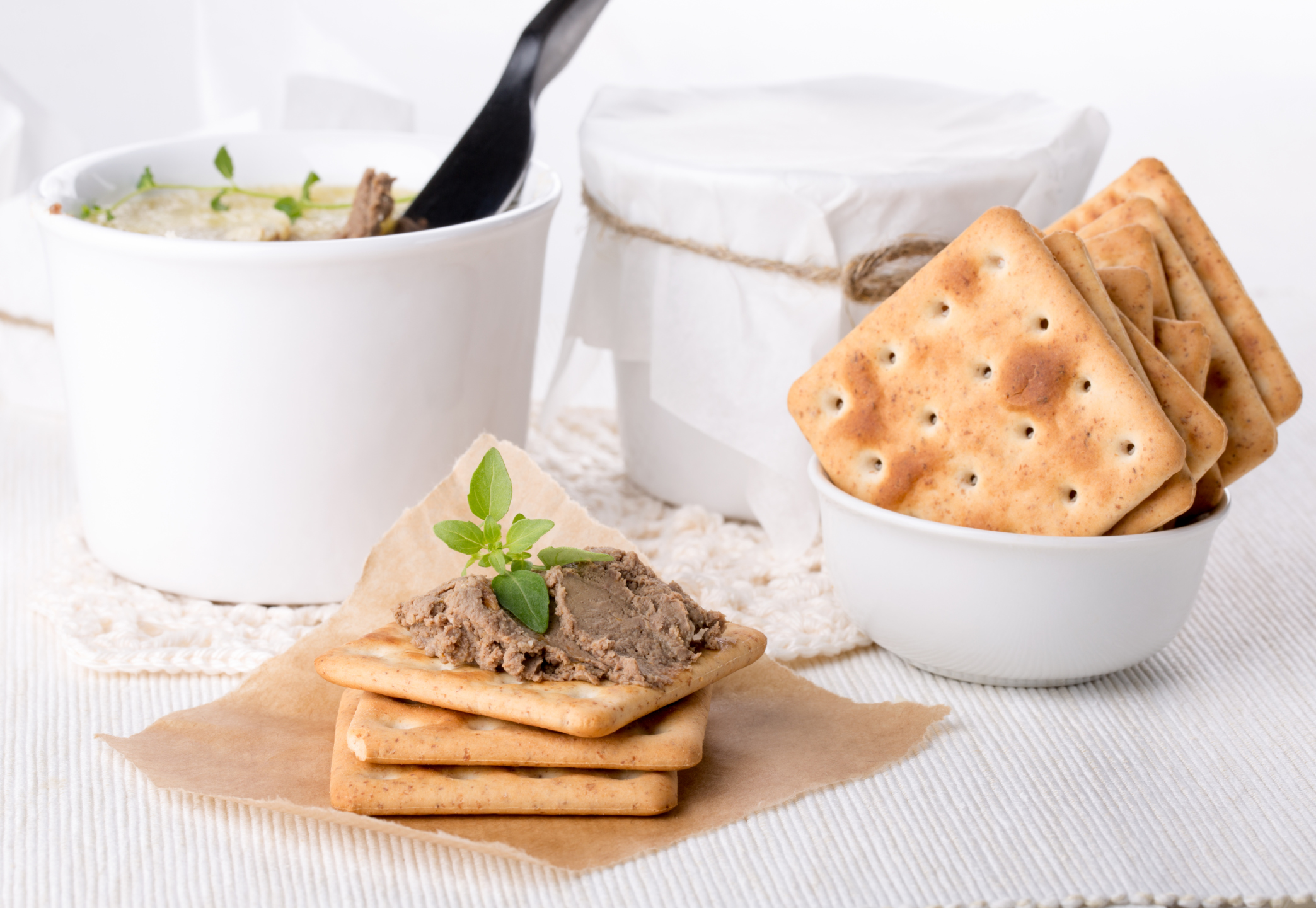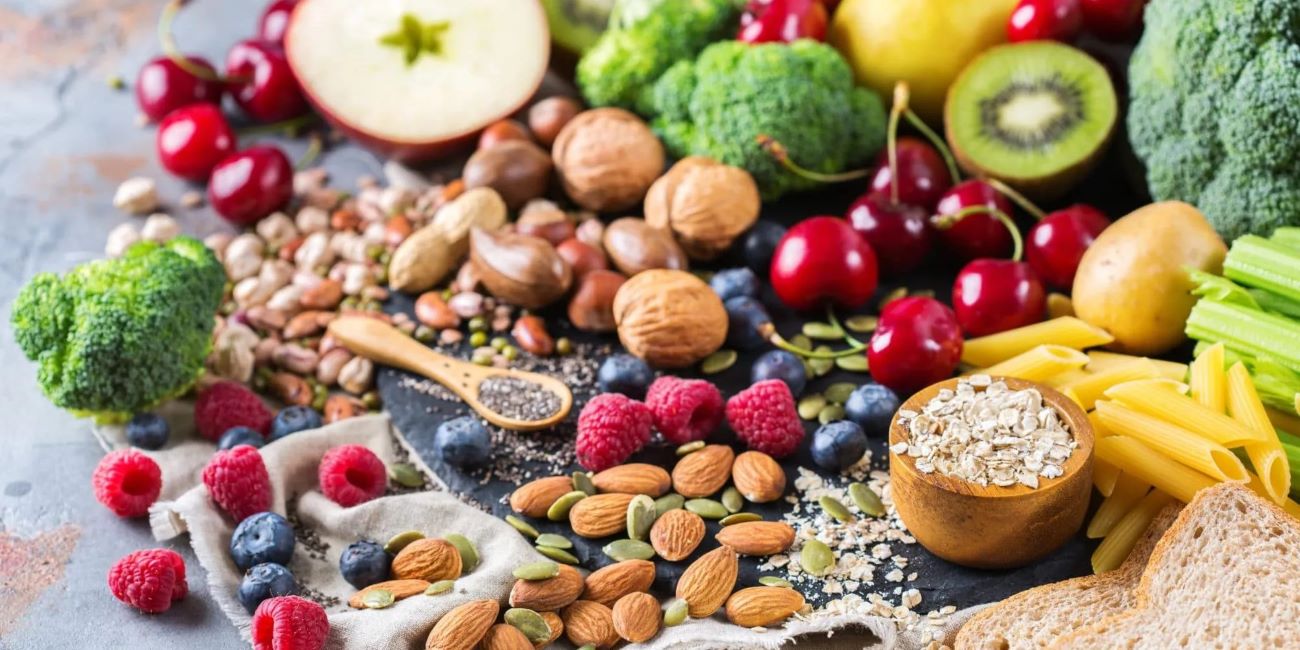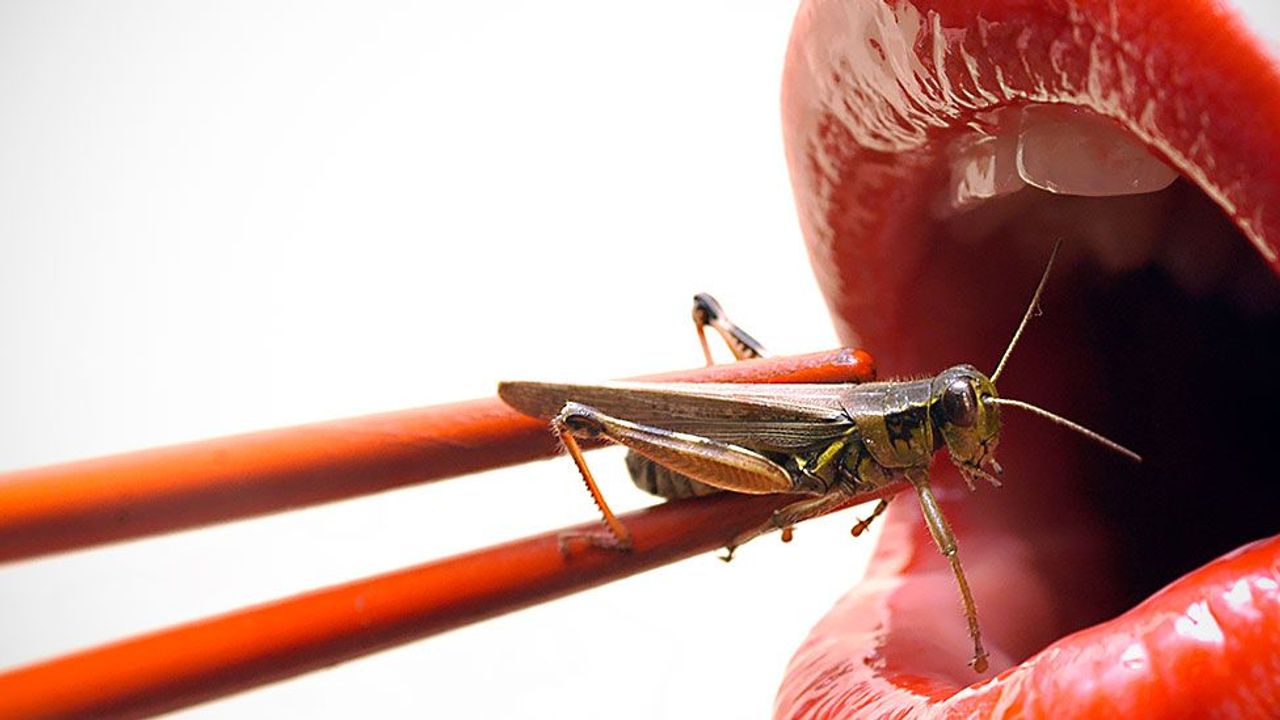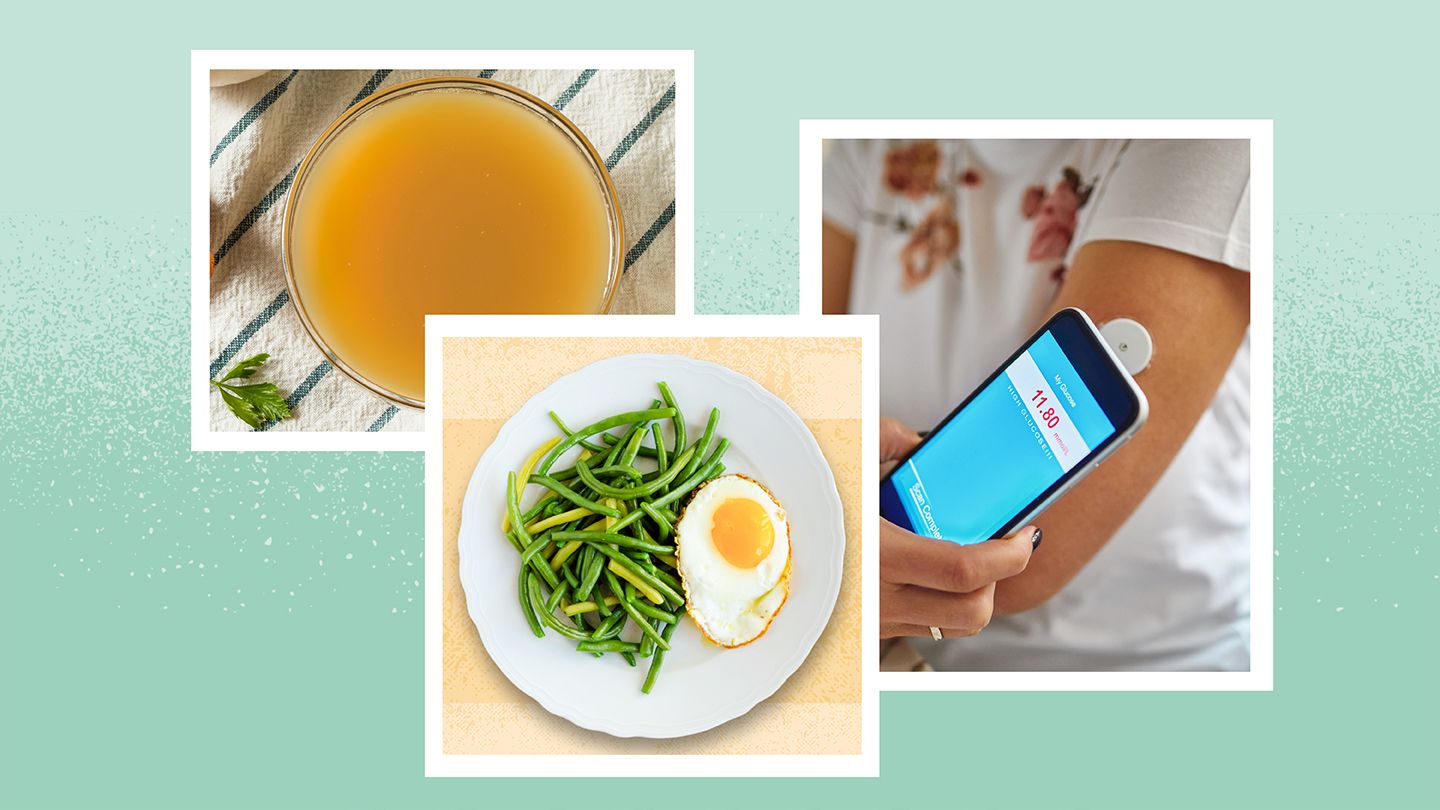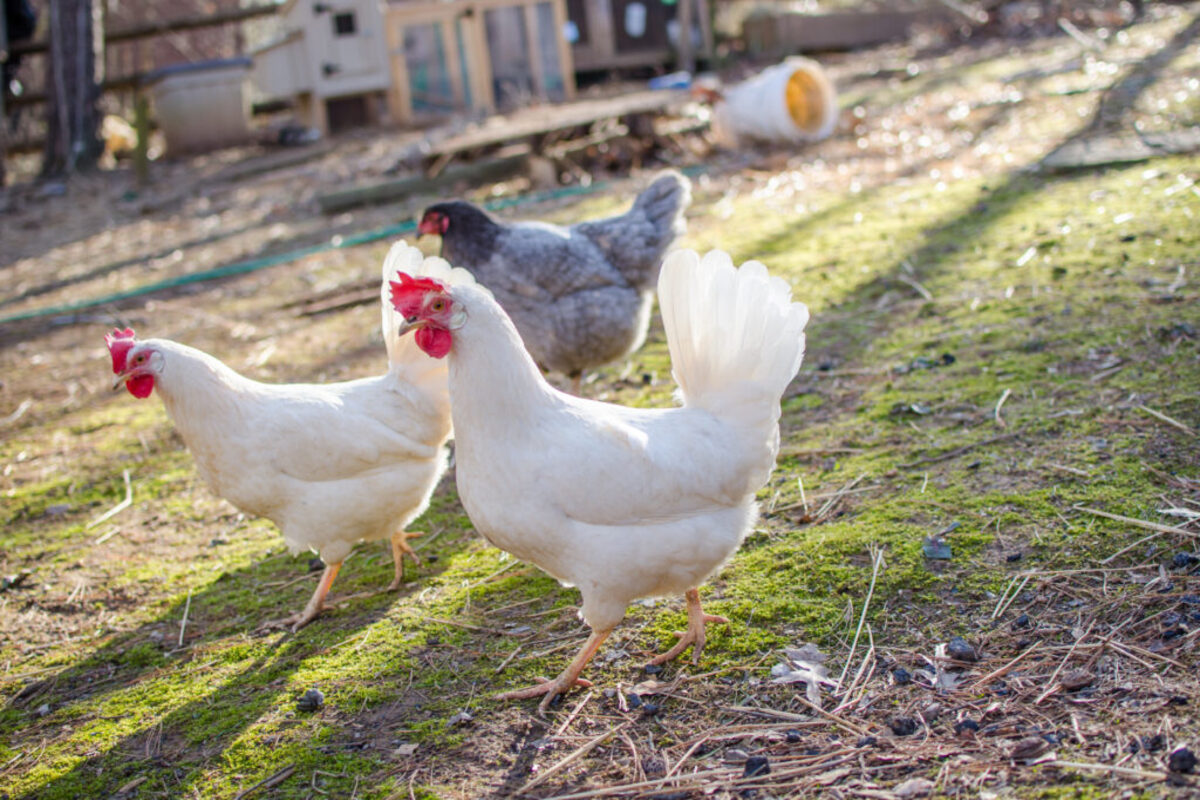Home>Gardening News and Trends>Latest News>What Vegetables Can A Sulcata Tortoise Eat
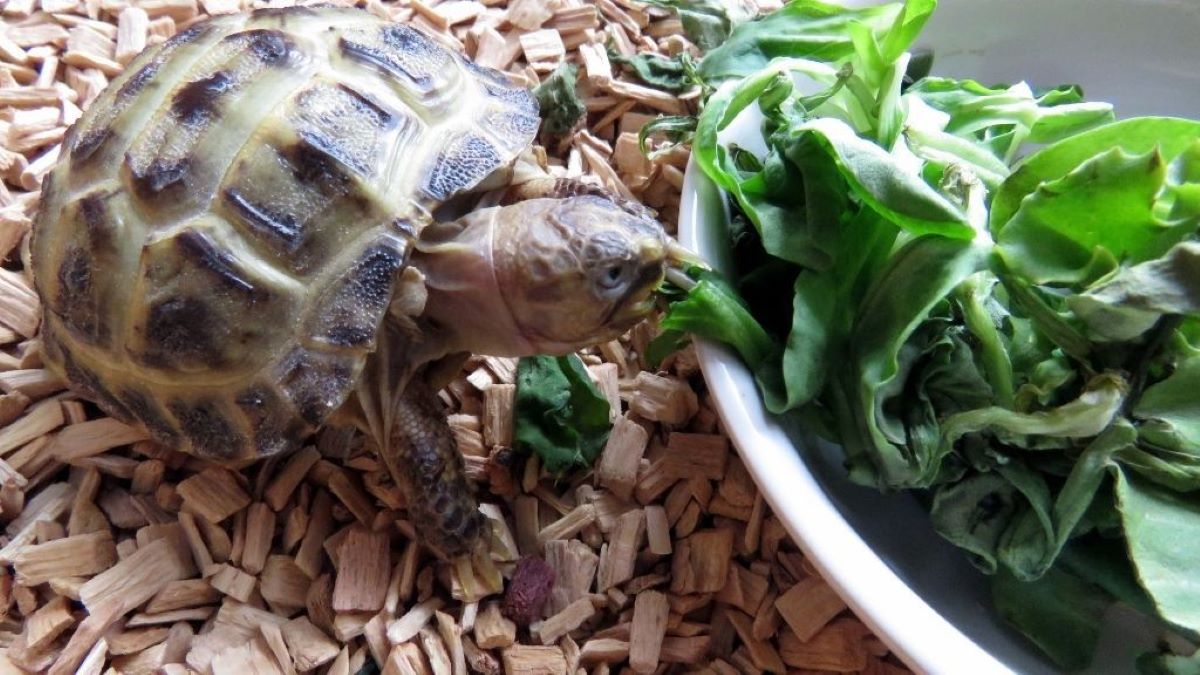

Latest News
What Vegetables Can A Sulcata Tortoise Eat
Modified: January 22, 2024
Learn about the latest news on what vegetables a Sulcata Tortoise can eat. Discover the best diet options and guidelines for your pet tortoise's health and well-being.
(Many of the links in this article redirect to a specific reviewed product. Your purchase of these products through affiliate links helps to generate commission for Chicagolandgardening.com, at no extra cost. Learn more)
Table of Contents
Introduction
When it comes to caring for a Sulcata tortoise, providing a well-balanced and nutritious diet is crucial for their overall health and well-being. These magnificent creatures, native to the sweltering African deserts, have specific dietary needs that must be met to ensure their longevity and vitality.
Unlike other pets, such as cats or dogs, Sulcata tortoises are herbivores, meaning their diet consists entirely of plant matter. This makes it essential for tortoise owners to have a good understanding of the types of vegetables that are safe for their pet to consume.
In this article, we will explore the various vegetables that Sulcata tortoises can eat, providing you with a list of safe options and explaining the nutritional benefits they offer. Additionally, we will touch upon the vegetables that should be avoided to prevent any potential health issues.
By following these guidelines, you can ensure that your Sulcata tortoise receives a well-rounded and nutritionally balanced diet, promoting their overall health and ensuring they thrive in their habitat.
Understanding the dietary needs of Sulcata tortoises
Before delving into the specific vegetables that Sulcata tortoises can eat, it’s important to understand their dietary requirements. Sulcata tortoises are primarily herbivores, which means they rely on a diet consisting mainly of plant material.
Their natural diet in the wild consists of various types of grasses, leafy greens, and other vegetation found in their native African habitat. In captivity, it’s essential to replicate this diet as closely as possible to ensure the tortoise receives the necessary nutrients.
One of the key nutrients that Sulcata tortoises require is fiber. High-fiber foods help support their digestive system and keep their gut healthy. Additionally, they need a good balance of vitamins and minerals, such as calcium, phosphorus, and vitamin D3, for proper growth and shell development.
It’s crucial to note that feeding a tortoise a diet that is too high in protein or low in fiber can lead to serious health issues, such as shell deformities or metabolic bone disease.
Another important aspect to consider is the age of the Sulcata tortoise. Young tortoises have different nutritional needs than adults. Juveniles require a diet higher in protein and lower in fiber to support their growth, while adults need a diet higher in fiber and lower in protein to maintain their health.
Providing a varied and balanced diet that includes a wide range of vegetables is key to meeting the dietary needs of Sulcata tortoises. This ensures they receive the necessary nutrients and helps prevent any deficiencies or health complications.
Safe vegetables for Sulcata tortoises
When selecting vegetables for your Sulcata tortoise, it’s important to choose those that are safe and provide the necessary nutrients. Here are some types of vegetables that are suitable for Sulcata tortoises:
- Leafy greens: Leafy greens should make up a significant portion of your tortoise’s diet. They are rich in vitamins A, C, and K, as well as fiber. Good options include kale, collard greens, dandelion greens, and mustard greens. Remember to offer a variety to ensure a well-rounded diet.
- Cruciferous vegetables: Cruciferous vegetables like broccoli, cauliflower, and Brussels sprouts are excellent choices. These veggies offer a good balance of vitamins and minerals and are a great source of fiber for your tortoise.
- Non-cruciferous vegetables: Non-cruciferous vegetables such as bell peppers, zucchini, cucumber, and green beans are safe and nutritious options for your tortoise. They provide additional vitamins and minerals while adding variety to their diet.
- Root vegetables: Root vegetables like carrots and sweet potatoes can be offered occasionally as a treat. However, they should not make up a significant portion of the diet due to their higher carbohydrate content.
- Edible flowers: Certain flowers can be safely consumed by Sulcata tortoises and provide additional nutrients. Flowers such as hibiscus, roses, and nasturtiums can be offered in moderation.
Remember to always wash and chop the vegetables into appropriately sized pieces to make it easier for your tortoise to consume. Freshness is key, so ensure that you source organic, pesticide-free produce whenever possible. Furthermore, regularly rotate the vegetables you offer to provide a varied diet and prevent your tortoise from becoming too reliant on a single type of vegetable.
By incorporating these safe vegetables into your Sulcata tortoise’s diet, you can ensure they receive a balanced array of nutrients and promote their overall health.
Leafy greens
Leafy greens are an essential component of a Sulcata tortoise’s diet. They are packed with essential nutrients and provide a good source of fiber. Here are some leafy greens that are safe for Sulcata tortoises:
- Kale: Kale is a nutrient-dense leafy green that is rich in vitamins A, C, and K. It’s also a good source of calcium and fiber. Offer kale to your tortoise in moderation as part of a varied diet.
- Collard greens: Collard greens are a great leafy green choice for Sulcata tortoises. They are high in calcium, fiber, and vitamins A and C. Including collard greens in your tortoise’s diet will help support their overall health and well-being.
- Dandelion greens: Dandelion greens are highly nutritious and widely available. They are rich in vitamins A, C, and K, as well as calcium. Dandelion greens are a favorite among Sulcata tortoises and can be included frequently in their diet.
- Mustard greens: Mustard greens provide an excellent source of vitamins A, C, and K, as well as calcium and fiber. These leafy greens should be offered to your tortoise as part of a varied diet to ensure they receive a wide range of nutrients.
It’s important to note that while leafy greens are highly beneficial for Sulcata tortoises, they should not make up the entire diet. Offer a variety of leafy greens to provide a balanced nutritional profile and prevent your tortoise from becoming bored with their food.
When offering leafy greens to your tortoise, ensure that they are fresh and free from any pesticides or chemical residues. Thoroughly wash the leaves and remove any tough stems or veins before serving them to your tortoise. Chop them into appropriately sized pieces to make it easier for your tortoise to consume.
Overall, leafy greens are an important component of a Sulcata tortoise’s diet. They provide essential nutrients, fiber, and variety to promote digestive health and overall well-being. By including a variety of leafy greens in your tortoise’s diet, you can ensure they receive a nutritionally balanced meal.
Cruciferous vegetables
Cruciferous vegetables are an excellent addition to a Sulcata tortoise’s diet. These vegetables are packed with essential vitamins, minerals, and fiber. Here are some cruciferous vegetables that are safe for Sulcata tortoises:
- Broccoli: Broccoli is a nutrient powerhouse for Sulcata tortoises. It is rich in vitamins A, C, and K, as well as calcium. Offer broccoli to your tortoise in small, bite-sized pieces to ensure easy consumption.
- Cauliflower: Cauliflower is another cruciferous vegetable that provides essential nutrients for tortoises. It is a good source of vitamin K and contains fiber. Including cauliflower in your tortoise’s diet helps promote optimal health.
- Brussels sprouts: Brussels sprouts are highly nutritious and can be fed to Sulcata tortoises in moderate amounts. They are rich in vitamins C and K, as well as fiber. Offer Brussels sprouts as part of a varied diet.
Cruciferous vegetables provide a range of health benefits for Sulcata tortoises. They support a healthy immune system, contribute to strong bones and shells, and aid in digestion. However, it’s important to offer cruciferous vegetables in moderation, as excessive consumption can cause gas and digestive issues in some tortoises.
When feeding cruciferous vegetables to your tortoise, it’s crucial to wash them thoroughly and remove any tough or fibrous parts. Chop the vegetables into small, manageable pieces to prevent choking hazards and promote easier consumption.
Remember that while cruciferous vegetables are a valuable part of your tortoise’s diet, it’s important to provide a well-rounded variety of other vegetables as well. This ensures your tortoise receives all the necessary nutrients and prevents them from becoming overly dependent on a single type of vegetable.
By incorporating cruciferous vegetables into your Sulcata tortoise’s diet, you can provide them with a diverse range of nutrients that promote overall health and well-being.
Non-cruciferous vegetables
In addition to leafy greens and cruciferous vegetables, non-cruciferous vegetables are another important component of a Sulcata tortoise’s diet. These vegetables provide a wide range of nutrients and add variety to their meals. Here are some non-cruciferous vegetables that are safe for Sulcata tortoises:
- Bell peppers: Bell peppers, whether red, green, or yellow, are a great choice for tortoises. They are rich in vitamins A and C, as well as fiber. Bell peppers add color and flavor to your tortoise’s diet while providing essential nutrients.
- Zucchini: Zucchini is a low-calorie, hydrating vegetable that is safe for Sulcata tortoises. It contains vitamins A and C, along with other beneficial minerals. Offer sliced or chopped zucchini to your tortoise for a refreshing and nutritious treat.
- Cucumber: Cucumbers are primarily water-rich vegetables that provide hydration and some essential nutrients for tortoises. They can be offered in slices or cubes as a healthy snack or included in their regular meals.
- Green beans: Green beans are a good source of fiber, vitamins C and K, and other minerals. They make a nutritious addition to a Sulcata tortoise’s diet and can be given as whole beans or chopped into smaller pieces.
Non-cruciferous vegetables offer additional vitamins, minerals, and flavors to the diet of Sulcata tortoises. They can stimulate their appetite and provide a varied eating experience.
When preparing non-cruciferous vegetables for your tortoise, make sure to wash them thoroughly to remove any pesticides or chemical residues. Chop the vegetables into appropriately sized pieces to make it easier for your tortoise to consume.
While non-cruciferous vegetables are a valuable addition to their diet, remember to offer a variety of vegetable types to ensure a balanced nutritional intake. This diversity will provide a wide range of nutrients and prevent your tortoise from becoming too reliant on a single type of vegetable.
By incorporating non-cruciferous vegetables into your Sulcata tortoise’s diet, you can enhance their nutrition and provide a flavorful and varied eating experience.
Root vegetables
While not a staple in a Sulcata tortoise’s diet, root vegetables can be offered as occasional treats. These vegetables provide added nutritional value and can be a source of enjoyment for your tortoise. Here are some root vegetables that are safe for Sulcata tortoises:
- Carrots: Carrots are a well-known root vegetable that is safe for tortoises in moderation. They are rich in vitamin A and provide a crunchy texture that tortoises may enjoy. Offer carrots as a treat once in a while, but do not overfeed them due to their higher sugar content.
- Sweet potatoes: Sweet potatoes are another root vegetable that can be given to Sulcata tortoises occasionally. They offer a good source of vitamins A and C, as well as fiber. However, like carrots, sweet potatoes should be offered sparingly due to their higher carbohydrate content.
When introducing root vegetables to your tortoise’s diet, it’s important to ensure they are cooked or steamed. Raw root vegetables can be difficult for tortoises to digest and may cause digestive issues. Furthermore, always offer root vegetables in small, bite-sized pieces to make it easier for your tortoise to consume.
It’s worth noting that root vegetables should not make up a significant portion of your tortoise’s diet. While they provide some additional nutrients and variety, the majority of their diet should consist of leafy greens and other safe vegetables listed earlier.
As with any treats, moderation is key when offering root vegetables to your Sulcata tortoise. Too much of these vegetables can lead to weight gain and other health issues. Always strive for balance and variety in their diet to ensure they receive all the necessary nutrients for optimal well-being.
By incorporating root vegetables as occasional treats, you can add some diversity and enjoyment to your Sulcata tortoise’s diet while still prioritizing their overall health and nutrition.
Edible flowers
In addition to vegetables, certain flowers can be safely consumed by Sulcata tortoises. These edible flowers not only provide nutritional benefits but also add color and variety to their diet. Here are some edible flowers that are safe for Sulcata tortoises:
- Hibiscus: Hibiscus flowers are not only visually appealing but also offer various health benefits for tortoises. They are rich in antioxidants and vitamins A and C. Hibiscus flowers can be fed to your tortoise as a tasty and nutritious treat.
- Roses: Roses are another edible flower option for Sulcata tortoises. They are known for their pleasant aroma and vibrant colors. Make sure to remove the thorns and offer the petals to your tortoise in moderation.
- Nasturtiums: Nasturtium flowers are safe for tortoises and provide a slightly spicy flavor. They contain vitamin C and other beneficial compounds. Offer nasturtium flowers as part of a varied diet to provide additional nutrients and sensory stimulation.
When offering edible flowers to your tortoise, ensure that they are pesticide-free and sourced from a reliable source. Thoroughly wash the flowers before serving, and remove any parts that may be tough or difficult to eat.
It’s important to note that while edible flowers can be a delightful addition to your tortoise’s diet, they should not make up the majority of their food. They should be offered in moderation alongside other vegetables and leafy greens.
While these edible flowers are safe for Sulcata tortoises, it’s always wise to introduce new foods gradually and observe your tortoise’s response. Some tortoises may have individual preferences or sensitivities, so monitoring their reactions can help ensure their well-being.
By incorporating these edible flowers as occasional treats, you can provide your Sulcata tortoise with a varied and visually appealing diet that is both nutritious and enjoyable.
Vegetables to avoid feeding Sulcata tortoises
While there is a wide range of vegetables that Sulcata tortoises can safely consume, it is equally important to be aware of vegetables that are harmful to their health. Here are some vegetables that should be avoided when feeding Sulcata tortoises:
- Spinach: Spinach contains high levels of oxalic acid, which can bind to calcium and hinder its absorption. Feeding large amounts of spinach can cause calcium deficiencies in tortoises, leading to metabolic bone disease.
- Rhubarb: Rhubarb leaves, in particular, contain toxic compounds called oxalates. These can be harmful to your Sulcata tortoise if ingested. It’s best to avoid feeding any parts of the rhubarb plant.
- Beet greens: Beet greens contain high levels of oxalates as well. While the beetroot itself is safe to feed to tortoises in moderation, the greens should be avoided due to their potential to negatively affect calcium absorption.
- Cabbage: Cabbage, including both green and red cabbage, can cause digestive issues in Sulcata tortoises. It may lead to gas and bloating, which can be uncomfortable and potentially harmful to their overall health.
- Onions and garlic: Onions and garlic, whether raw or cooked, are toxic to Sulcata tortoises. They contain compounds that can damage red blood cells, leading to anemia and other health complications. Avoid any vegetables from the Allium family.
It’s crucial to research and double-check the safety of any vegetables before feeding them to your Sulcata tortoise. As a general rule, it is best to err on the side of caution and avoid introducing any potentially toxic or harmful vegetables into their diet.
Remember that while some of these vegetables may be safe for humans or other animals, they can have adverse effects on Sulcata tortoises. Always prioritize their well-being by providing a diet that consists of safe and nutritionally balanced foods.
If you have any doubts or questions about the suitability of a specific vegetable for your tortoise, consult with a reptile veterinarian or reptile nutrition expert for professional guidance and advice.
By avoiding these vegetables and ensuring a safe and appropriate diet for your Sulcata tortoise, you can help prevent health issues and promote their overall well-being.
Feeding guidelines for Sulcata tortoises
Feeding a Sulcata tortoise a proper diet is crucial for their health and well-being. Here are some general guidelines to follow when it comes to feeding your Sulcata tortoise:
- Variety is key: Offer a diverse range of vegetables, including leafy greens, cruciferous vegetables, non-cruciferous vegetables, and occasional root vegetables. This ensures that your tortoise receives a wide range of nutrients and prevents them from becoming bored with their diet.
- Feed in moderation: While vegetables are a vital part of their diet, it’s important to avoid overfeeding. Excessive consumption can lead to weight gain and other health issues. Monitor portion sizes and adjust accordingly based on your tortoise’s size, age, and activity level.
- Rotate vegetables: Regularly rotate the types of vegetables you offer to provide variety and prevent your tortoise from becoming reliant on a single type. This helps ensure a balanced intake of nutrients and prevents potential deficiencies.
- Monitor calcium intake: Calcium is crucial for shell and bone health in Sulcata tortoises. Offer calcium-rich vegetables such as kale and collard greens, and supplement their diet with a calcium powder specifically formulated for reptiles. Consult with a reptile veterinarian to determine the appropriate calcium supplementation for your tortoise.
- Avoid toxic foods: Be aware of vegetables that are toxic to tortoises, such as spinach, rhubarb, and onions. These can lead to serious health issues and should be avoided. Always research the safety of a vegetable before offering it to your tortoise.
- Provide fresh, clean water: Ensure your tortoise has access to fresh, clean water at all times. While tortoises obtain most of their hydration from their food, having a water dish available is essential for them to drink from and soak in.
- Supervise feeding: When offering vegetables to your tortoise, it’s important to supervise their feeding. This ensures they do not consume any foreign objects or potentially harmful substances. Remove uneaten food after a reasonable amount of time to prevent spoilage and bacterial growth.
- Consult with a reptile veterinarian: It’s always a good idea to consult with a reptile veterinarian or reptile nutrition expert to ensure you are providing the best possible diet for your Sulcata tortoise. They can provide personalized recommendations based on your tortoise’s specific needs.
Remember, every tortoise is unique, and their dietary needs may vary slightly. By following these general feeding guidelines and monitoring your tortoise’s health and behavior, you can provide a nutritionally balanced and enjoyable diet that promotes their overall well-being.
Conclusion
Caring for a Sulcata tortoise involves providing a well-balanced and nutritious diet that meets their specific dietary needs. Vegetables play a crucial role in their diet, providing essential vitamins, minerals, and fiber. By understanding which vegetables are safe for Sulcata tortoises and incorporating them into their meals, you can promote their overall health and well-being.
Leafy greens, such as kale, collard greens, dandelion greens, and mustard greens, offer a range of vitamins and minerals that support a healthy tortoise. Cruciferous vegetables like broccoli, cauliflower, and Brussels sprouts provide additional nutrients and fiber. Non-cruciferous vegetables, including bell peppers, zucchini, cucumber, and green beans, offer variety and essential nutrients.
While root vegetables like carrots and sweet potatoes can be offered as occasional treats, it’s important not to overfeed them due to their higher carbohydrate content. Edible flowers, such as hibiscus, roses, and nasturtiums, add nutritional benefits and sensory stimulation to your tortoise’s diet.
It’s equally important to be aware of vegetables that should be avoided, such as spinach, rhubarb, and onions, due to their potential toxicity or adverse effects on a tortoise’s health.
By following feeding guidelines and ensuring a varied and nutritionally balanced diet, you can contribute to the longevity and vitality of your Sulcata tortoise. Remember to consult with a reptile veterinarian or reptile nutrition expert for personalized advice and recommendations.
Providing a proper diet for your Sulcata tortoise is a labor of love that pays off in their well-being and happiness. With careful attention to their nutritional needs and a bit of culinary creativity, you can offer your tortoise a vibrant and nutritious array of vegetables that keep them healthy and thriving.
